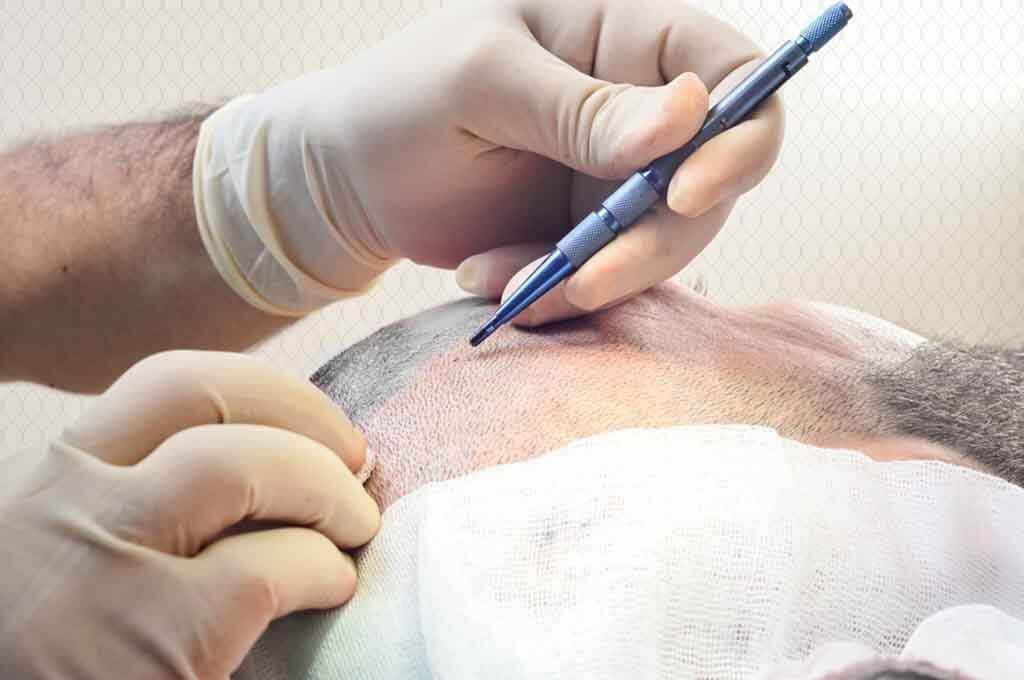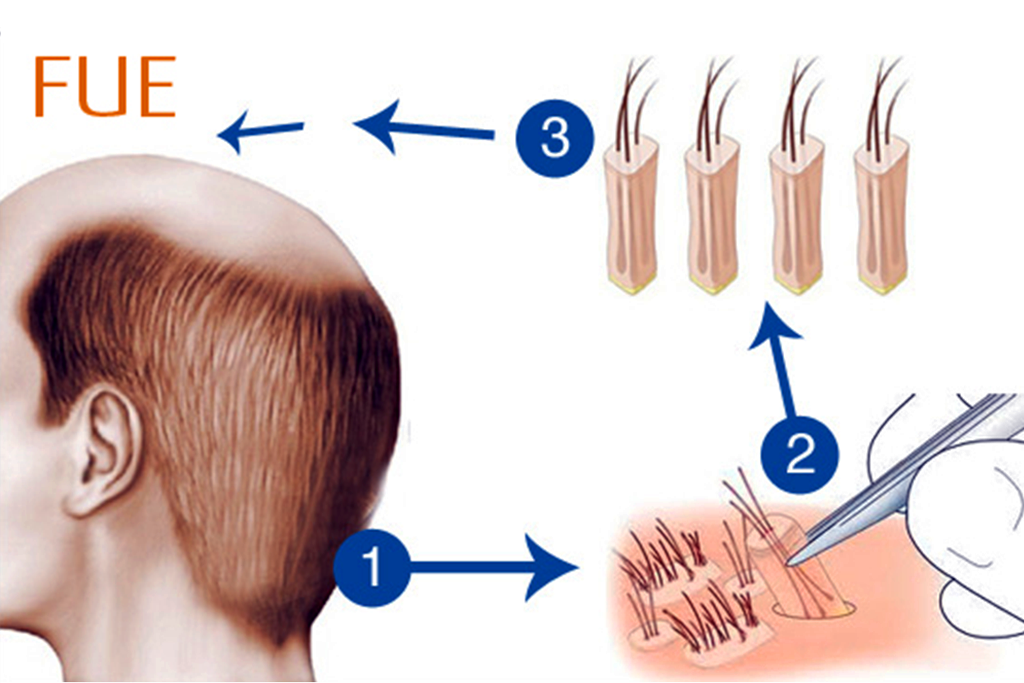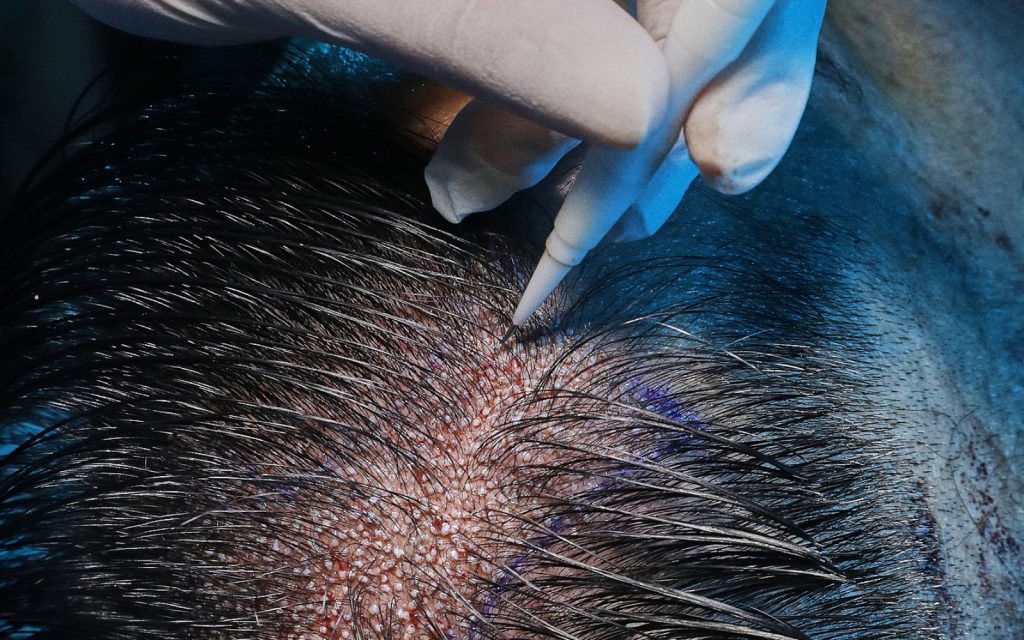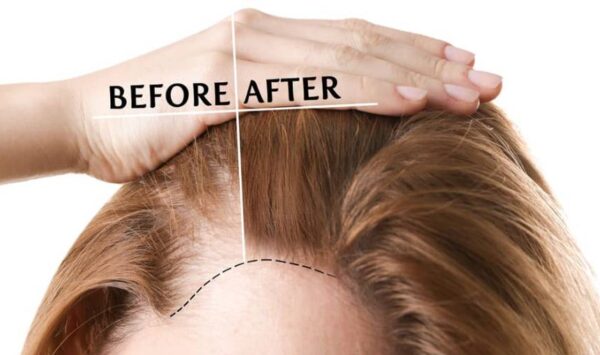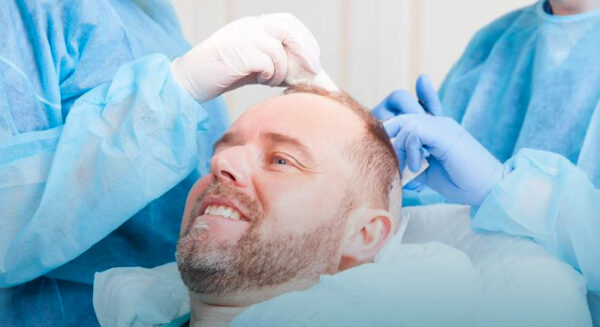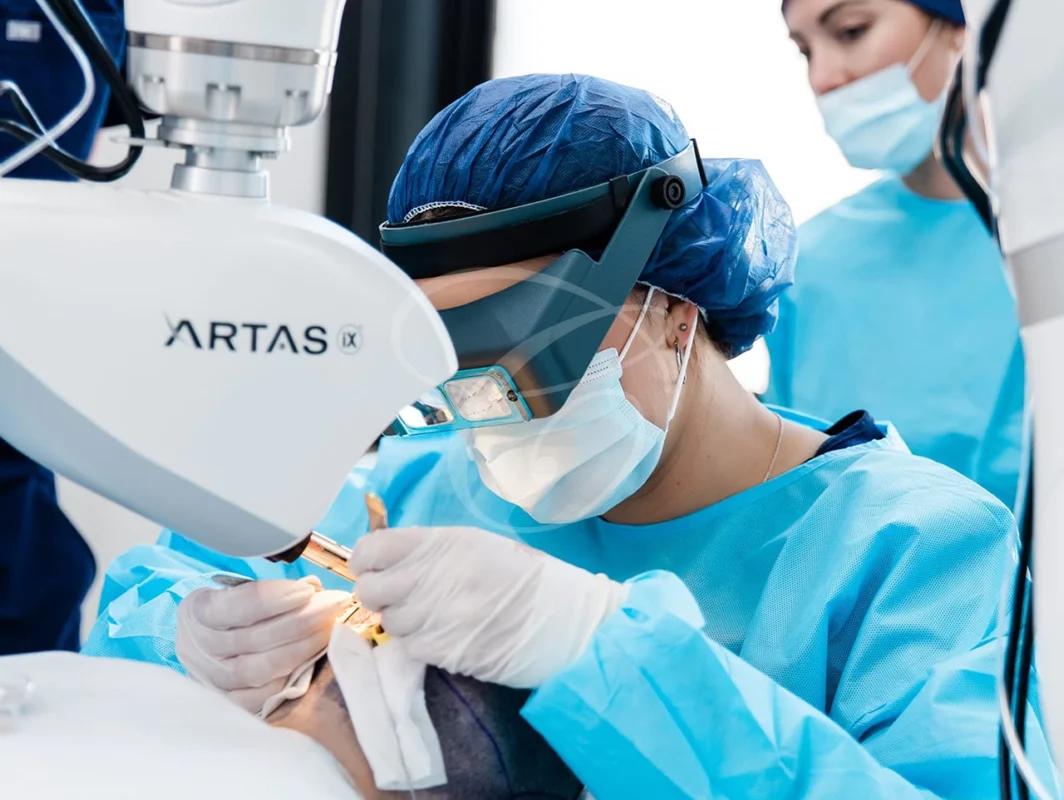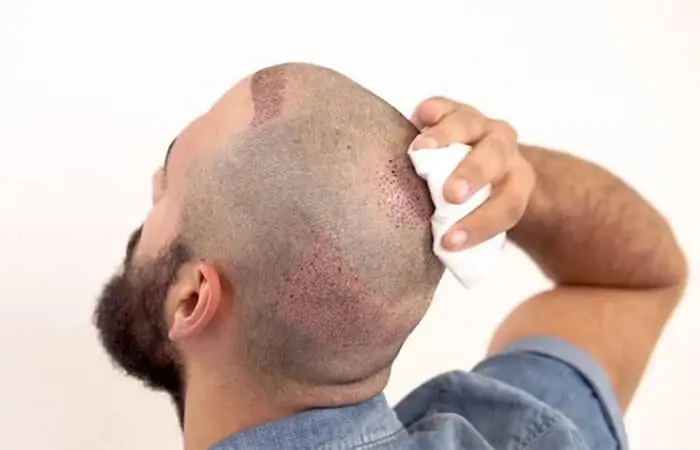Hair Transplantation
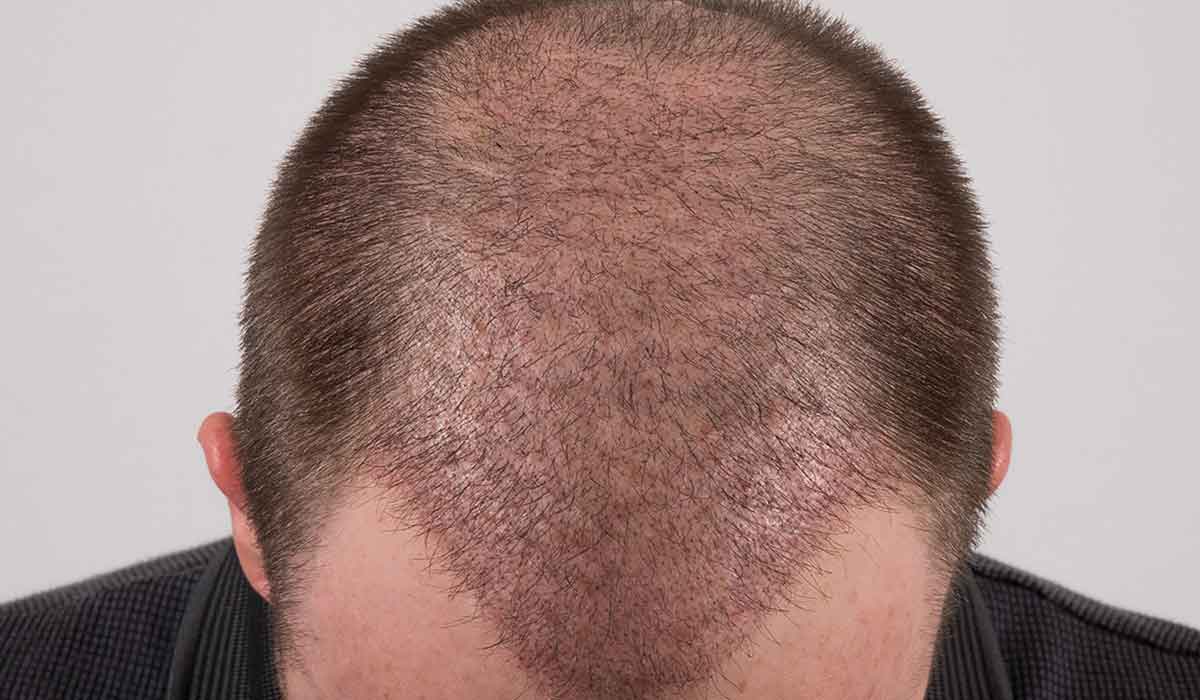
Hair Transplantation It is one of the advanced medical solutions that has gained wide popularity in treating hair loss and baldness. With the increasing number of people suffering from these problems, hair transplantation has become an attractive option to restore the natural appearance of hair and self-confidence. This process depends on transferring hair follicles from areas rich in hair to areas suffering from hair loss, which ensures permanent results and a natural appearance.
What is hair transplantation?
Hair transplantation is a surgical technique that aims to move hair follicles from a hair-rich area, known as the “donor site,” to a bald area, called the “recipient site.” This technique is primarily used to treat male pattern baldness, where hair follicles that are genetically resistant to baldness are transplanted into the affected scalp.
In addition to restoring hair to the scalp, hair transplantation can also be performed to fill in eyebrows and beard hair, as well as to hide scars resulting from accidents or surgeries, such as facelifts or previous hair transplants. Hair transplantation differs from skin grafting in that the grafts used contain hair follicles surrounded by a small amount of skin, and many of these small grafts are transplanted instead of a large strip of skin.
Top Hair Transplant Techniques: Differences and Advantages of Each Technique
Hair transplantation techniques are constantly evolving, and there are several methods used in this field, each of which has specific characteristics that suit different needs. Here are the most prominent hair transplantation techniques:
- Follicular Unit Extraction (FUE) Technique:
This technique involves extracting hair follicles one by one from the donor area using very fine tools. These follicles are then individually implanted in the recipient areas. FUE is a less invasive technique, leaving small, almost invisible scars, which is why it is preferred by many. - Follicular Unit Transplantation (FUT) Technique:
Also known as the strip technique, a strip of skin is removed from the donor area, usually the back of the head, and this strip is then divided into small units, each containing a few hair follicles. These units are transplanted into the recipient areas. This technique may leave a linear scar on the scalp, but it allows for a large number of follicles to be transplanted in a single session. - DHI (Direct Hair Implantation) hair transplant technique:
It is an improvement of the FUE technique, where hair follicles are extracted and implanted using a special device called a Choi pen, which allows the follicles to be implanted directly into the scalp without the need for prior openings. This technique helps reduce the time of transplantation and improves the direction of hair growth. - Robotic Technology (ARTAS):
This technology uses artificial intelligence and robotics to assist the surgeon in the extraction process of the follicles with high precision. This technology offers better accuracy and reduced human risks, but it is often more expensive. - PRP technique with hair transplantation:
This technique relies on the use of platelet-rich plasma (PRP) in conjunction with hair transplantation. PRP is injected into the scalp to promote healing and stimulate hair growth after the transplantation procedure.
Each of these techniques has its advantages and disadvantages, and the choice of the appropriate technique depends on the person’s condition and individual preferences, in addition to the recommendations of the specialist doctor.
Caring for the scalp after hair transplantation:
After the hair transplant procedure, the scalp needs special care to ensure the success of the procedure and achieve the best results. It is necessary to keep the scalp clean and dry, and avoid touching the transplanted areas with your hands to avoid infection or skin irritation. The shampoo prescribed by the doctor should be used carefully and gently, and avoid using harsh chemical products or heat devices on the transplanted hair. It is also recommended to refrain from wearing hats or helmets that may put pressure on the scalp in the first weeks after the procedure. These simple steps play a major role in supporting the recovery process and promoting new hair growth.
What to expect from the beginning to the final result after hair transplantation:
The stages of hair growth after a hair transplant go through several time stages that start immediately after the procedure and continue for several months until the final result is reached. Here are the basic stages of hair growth after transplantation:
Stage 1: Rest period (1-2 weeks after surgery):
After hair transplantation, the transplanted hair enters a short rest period. During this period, you may notice some swelling or redness in the scalp, which is normal. The transplanted follicles begin to adapt to the new scalp environment.
Stage 2: Temporary hair loss (2-8 weeks after the procedure):
This is known as the “shock shedding” phase, where the transplanted hair begins to fall out. Don’t worry, this is a natural part of the process. The follicles remain intact within the skin, but the hair itself falls out to make way for new hair to grow.
Stage 3: Start of new hair growth (3-4 months after the operation):
After the resting and shock shedding period, the transplanted follicles begin to produce new hair. At this stage, the emerging hair may be thin and weak, but it will improve over time.
Stage 4: Increase hair density (5-9 months after the operation):
During this period, new hair growth increases, and hair density gradually begins to increase. Hair becomes thicker and stronger, and the final result begins to appear.
Stage 5: Final result (10-12 months after the operation):
By this stage, the transplanted hair has fully grown, and the final result of the transplantation process has appeared. The hair may continue to improve in terms of density and appearance for up to 18 months after the operation.
Each person may experience these stages a little differently, but understanding these stages can help you anticipate the natural changes that occur after a hair transplant and feel reassured about the results you can expect.
Finally:
Hair transplantation is an effective and permanent solution for those suffering from hair loss or baldness, as it provides natural results and restores self-confidence. With the continuous development of the techniques used, this procedure has become safer and more effective, with reduced recovery periods and improved results, but consulting a specialist doctor and understanding the hair transplantation process well will help in making the right decision and achieving the desired results.
Please enter your data correctly
We will contact you as soon as possible.


